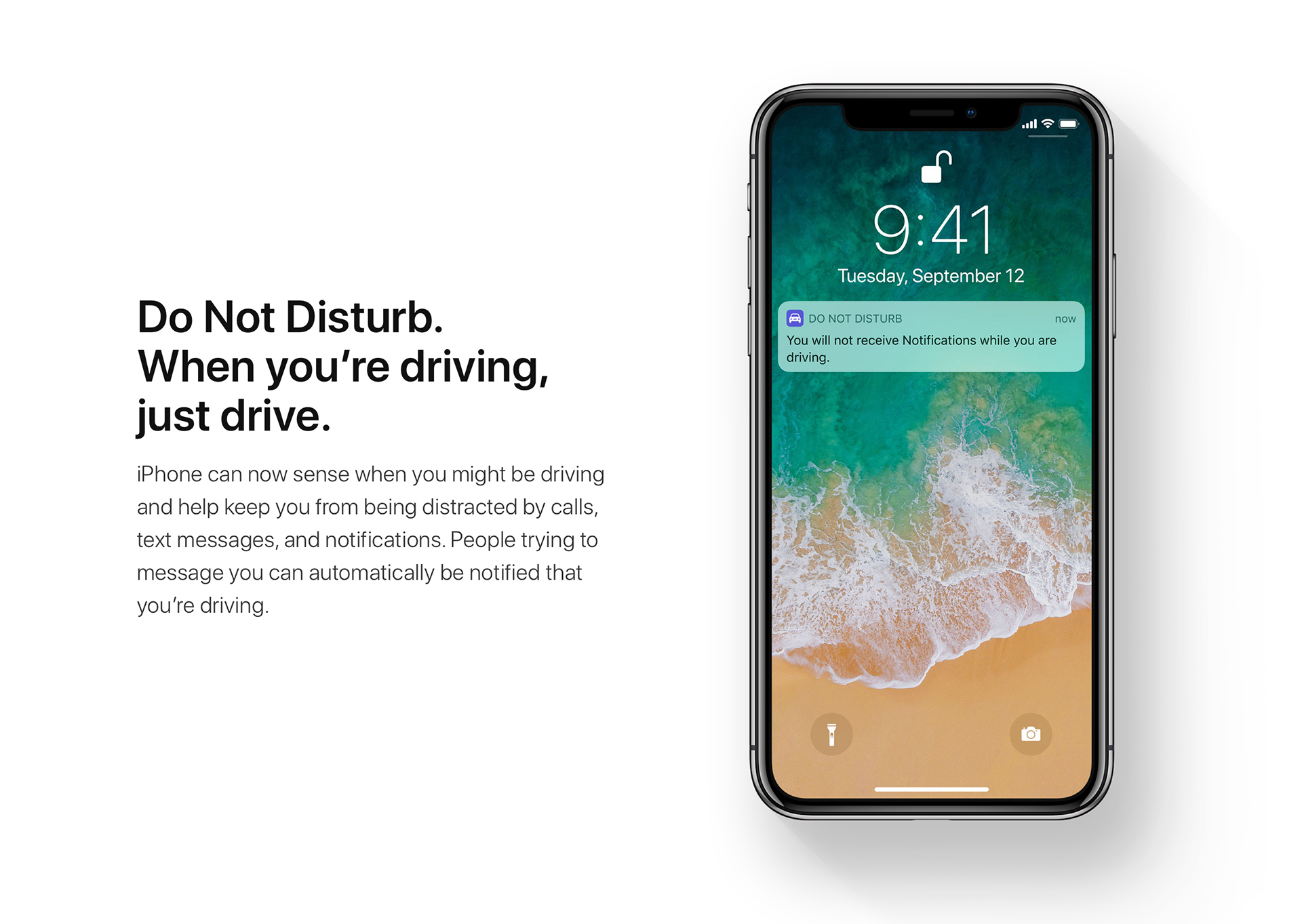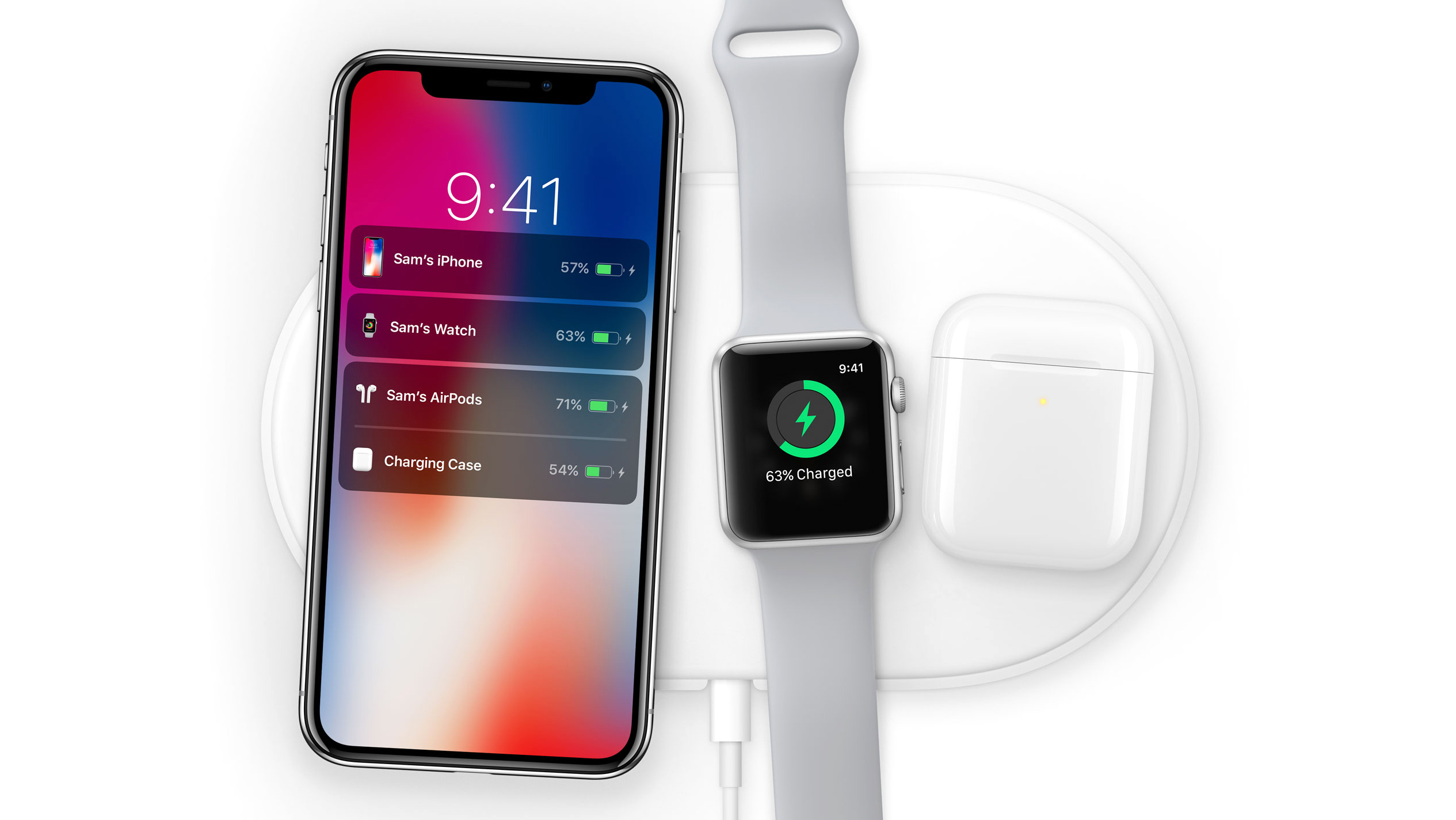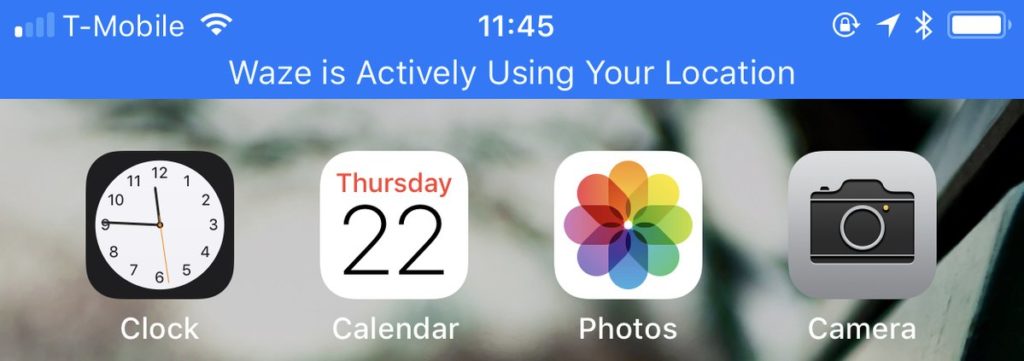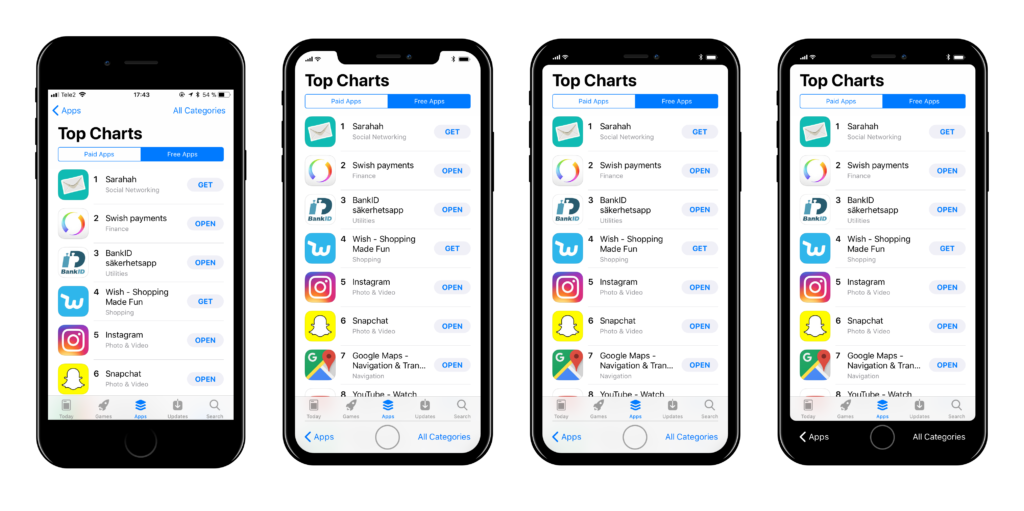If you’re into comics and have an iPad (or iPhone) this comic by Andre Bergs might interest you:
You can download Protanopia for free from the App Store.
If you’re into comics and have an iPad (or iPhone) this comic by Andre Bergs might interest you:
You can download Protanopia for free from the App Store.

iOS has had various features that relate to using iPhones in cars, like reminders that can trigger when entering or exiting your car. This arrived with iOS 9. Since iOS 10 there are also parking spot reminders to help you find your car. In September, iOS 11 brought you the ability to automatically turn on Do Not Disturb mode on your phone.
The problem with these is: they only work with car stereos that announce themselves as such. If you only have a simple Bluetooth kit that connects to the car via the 3,5 mm AUX input and to the phone via bluetooth, iOS most likely won’t highlight these features.
I’ve personally tried the iClever Himbox HB01* and more recently Anker’s SoundSync Drive*. Both appear to the phone as simple headsets, not a car. As such all of the mentioned features above won’t be surfaced and aren’t accessible to you. I’ve tried contacting iClever and Anker and neither of them actually understood the issue. I haven’t checked again since iOS 11 was released, although I have little hope they actually care.
I understand that Apple tries to cleverly detect if you’re moving around in a car. Android on the other hand for example offers parking reminders even if you don’t connect to any device at all – which may lead to unexpected results, showing you parked at a place even though you arrived at the location with a train or some other means of transportation.
I wish manufacturers like Anker would look into this and work with Apple to support the proper profiles so iOS can detect my car as what it is: a car and thus let me use all the fancy features without having to spend money on a whole new stereo setup – which might be an issue depending on your car and its integration of the radio (Mini, I’m looking at you!). Maybe it’s finally time to invest into a third party CarPlay device though.

Ben Bajarin has some valid points regarding wireless charging, which is a new thing for the iPhone world. As he Ben notes, the same issue is valid for Android as well.
https://twitter.com/BenBajarin/status/913787227464900609
https://twitter.com/BenBajarin/status/913788340423372805
The problem in a nutshell is that you really have to be careful how to put down and place your device on the wireless charger. I remember having the optional magnetic charging dingus for my Nexus 4 and also back then you had to be careful to hit the exact right spot and actively watch for the charging notification. Sometimes it would slightly slip while attached to the dock and stop charging. You usually wouldn’t notice.
The same is true today, for example when going to a Starbucks that has the wireless chargers integrated into their tables while handing out little adapters to plug into your iPhone or other devices. You have to meticulously put your device down and once again wait for the charging buzz or whatever your device does to tell you it’s charging.
It’s a horrible user experience at this point. It requires you to carefully align your phone and then it’s not necessarily as fast as using a simple cable. Ben notes that the alignment issue might get better when Apple’s own AirPower device ships next year but that remains to be seen. For now, just give me a cable to plug in.
As part of the Machine Learning blog Apple has published a few comparisons (scroll down to the bottom of the page) of its Siri voice from iOS 9 to iOS 11. Listen for yourself:
Tim Cook today went to CTS in Cincinnati and posted a photo of himself at the factory:
Thanks to the team at CTS in Cincinnati, manufacturers of best-in-class testing equipment for Apple. Enjoyed my visit this morning! pic.twitter.com/lFLW5caYxw
— Tim Cook (@tim_cook) August 24, 2017
Of course the internet did what it does best:
#iPhone8 😉 pic.twitter.com/eCRQHJR0e7
— Benjamin Geskin (@VenyaGeskin1) August 24, 2017
Peak iPhone Rumor? Achievement unlocked.

With today’s fifth iOS 11 beta Apple has changed the behaviour of the blue bar that showed up whenever an app was accessing your location in the background. This made it obvious to users that some apps might be doing nefarious things in the background without them previously knowing about it. But apparently Apple didn’t like the blue bar and changed the way it works.
Big reversal in iOS11b5 – *devs* can now control showing location update indicator, off by default (iOS10 behavior). pic.twitter.com/lDXZpCtRgb
— Curtis Herbert (@parrots) August 7, 2017
The developers can now decide whether or not they want to show the bar or not (if the app is in AlwaysInUse mode), negating the effect the previous impelementation had: telling users about potentially bad developers. Apps that have WhenInUse enabled will still show blue bar, which is helpful for navigation apps, because it gives easy access back to the app when you switch apps.
It’s currently not clear as to why Apple moved back from the previous four beta releases. One theory is that developers don’t test enough with the blue bar showing and breaking the app layout in the process if the bar is pushing down the content. At the same time there were some other issues with the bar showing, like removing quick access to the top of a document, list view or website.
This blue shame bar aside iOS 11 brings a few nice additions to the location privacy. Up until iOS 10 apps could optionally support the WhenInUse flag to access a users location. Starting with iOS 11 devs have to support all three settings: Off, When In Use and Always. It’s no longer just black or white for developers that didn’t want to support WhenInUse. (I’m looking at you, Uber.) Users now have a better option at their disposal to block apps’ access to their location.
On July 27th, 2017 Apple erroneously released an OTA update for AudioAccessory1,1 – aka Apple HomePod. Developers like Steve Troughton-Smith, Guilherme Rambo or Avery Magnotti immediately dug into the firmware and soon thereafter found the first details Apple certainly didn’t want to be out in the open yet. Here’s a summary we know thanks to Apple and these developers:
I’m sure there are more details (I’ll try to add new ones them as they appear) but these are some of the most interesting ones.
There’ve been numerous iPhone 8 – or iPhone Pro or whatever you want to call it – leaks surrounding the recent release of the HomePod firmware. Now user interface designer Max Rudberg went ahed and created some mockups giving us some ideas how the upcoming iPhone UI could look like (current iPhone for comparison on the left):

Given the leaked iPhone 8 glyph that shows the device and a distinct notch, I’d say Apple will embrace it (image 2 on the mockup). That said maybe it’ll change based on usage especially given a black OLED screen requires the least amount of power and the black looks actually black.
Scottish designer Andrew Goodlad went ahead and re-created the Tesla Model 3 screen for the web so you can have a look at it in case you’re not one of the few lucky ones who got the actual car yet.
For anyone wanting to play about with the Tesla Model 3 UI I recreated a very rough version from videoshttps://t.co/VB17DlsDeO #model3 pic.twitter.com/4HsVMEK8QC
— Andrew Goodlad (@Ichorus) August 2, 2017
After clicking around for a little bit the whole thing looks loaded with tiny details. The information density, just based on using it on a browser, feels way too high. I assume it’s a different story once you’re sitting in the actual car, using a bigger screen while actually interacting with it using your fingers. Maybe I’ll play with this mockup on a big iPad Pro in my car later on to get a slightly better impression.
Adobe announces end of life for Adobe Flash:
Today, most browser vendors are integrating capabilities once provided by plugins directly into browsers and deprecating plugins.
Given this progress, and in collaboration with several of our technology partners – including Apple, Facebook, Google, Microsoft and Mozilla – Adobe is planning to end-of-life Flash. Specifically, we will stop updating and distributing the Flash Player at the end of 2020 and encourage content creators to migrate any existing Flash content to these new open formats.
They finally realized it as well.